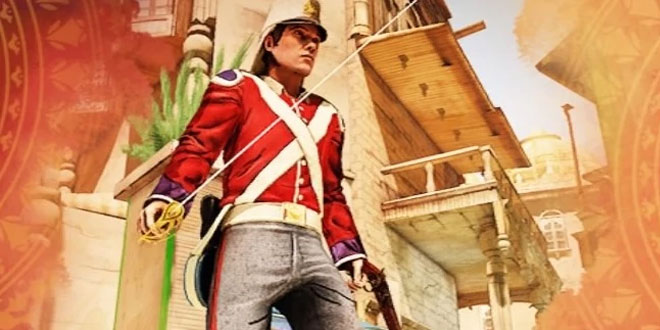Question: “Before the arrival of outsiders most of the Africans had a little reason to work for a wage”. Give reasons.
Answer:
- Before the arrival of outsiders, Africa had abundant land and a relatively small population. Agriculture and animal rearing was the main occupation of the people. Most of the villages and families were self-sufficient.
- In Africa, there were few consumer goods that wages could buy.
Question: Why were European attracted to Africa in die late 19th century? Give one reason.
Answer: Due to its vast resources of land and minerals.
Question: How rinderpest arrived in Africa in the late 1880’s?
Answer: It was carried by infected cattle imported from British Asia to feed the Italian soldiers invading Eritrea in East Africa.
Question: Who was indentured laborer?
Answer: A bounded laborer under contract to work for an employer for a specific amount of time, to pay off his passage to a new country or home.
Question: Name any four regions of India from where indentured workers came.
Answer: (i) Uttar Pradesh, (ii) Tamil Nadu, (iii) Bihar, (iv) Central India
Question: What were the main destinations of Indian indentured migrants?
Answer: Caribbean islands, Mauritius and Fiji
Question: What is the meaning of “cultural fusion”? Give two examples.
Answer: Cultural fusion is a process under which two or more than two cultures intermingle and produce a new culture.
- Hosay
- Chutney
Question: How were the indentured workers exploited by the recruiting agents?
Answer: They provided them false information about final destination, modes of travel, the nature of work and living and working conditions. Sometimes agents even forcibly abducted less willing wages.
Question: What was Hosay? What was its importance?
Answer: In Trinidad the annual Muharram procession was transferred into a riotous carnival called “Hosay”. It was one of the way to preserve the culture by indentured laborers.
Question: When and why was indentured labour migration abolished?
Answer: It was abolished in 1921 as it was opposed by Indian leaders.
Question: Name any two Indian groups of bankers who financed export agriculture in Central and South-east Asia.
Answer:
- Shikaripuri shroffs
- Nattukottai Chettiars
Question: Why did the inflow of fine Indian cotton begin to decline in the 19th century?
Answer: Tariffs were imposed by the British government to protect local industries.
Question: Define “trade surplus”. Why Britain had a trade surplus with India?
Answer: It is a situation under which value of exports is more than imports. Britain had a “trade surplus” because India was exporting food products to Britain which had less market value and it was importing finished goods which had higher market value.
Question: How was the income received from trade surplus with India used by Britain?
Answer: Britain’s trade surplus in India also helped to pay the so-called ‘home charges’ that included private remittances home by British officials and traders, interest payments on India’s external debt and pensions of British officials in India.
Question: “The First World War was the first modern industrial war”. Justify the answer.
Answer: The first modern industrial war. It saw the use of machine guns, tanks, aircraft, chemical weapons, etc. on a massive scale. These were all increasingly products of modem large-scale industry.
Question: The First World War was a war like no other before. Justify.
Answer:
- The war included world’s leading industrial nations which now harnessed the vast powers of modem industry.
- The war was fought in air, on land and in water.
 Class Notes NCERT Solutions for CBSE Students
Class Notes NCERT Solutions for CBSE Students





